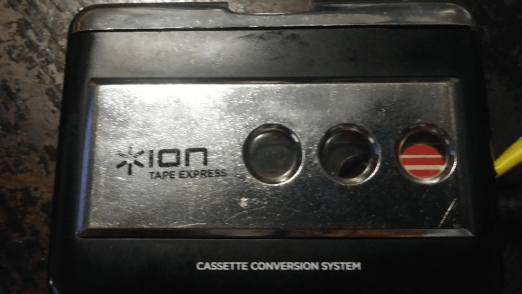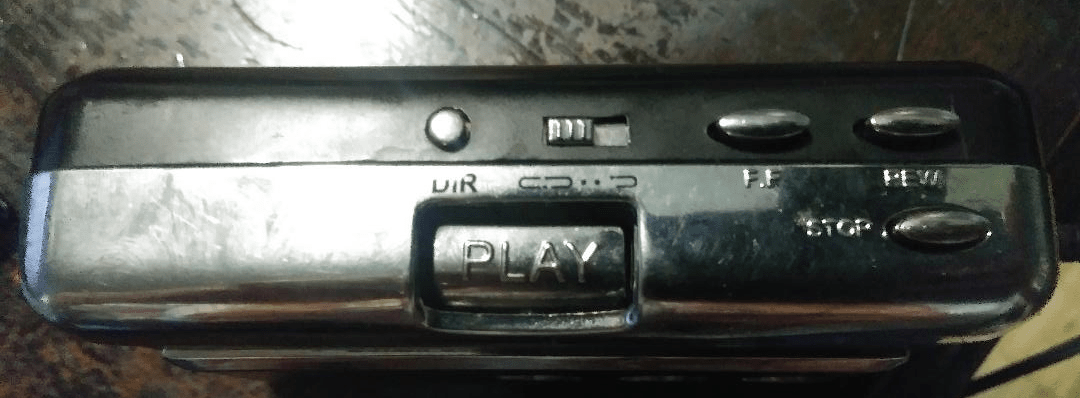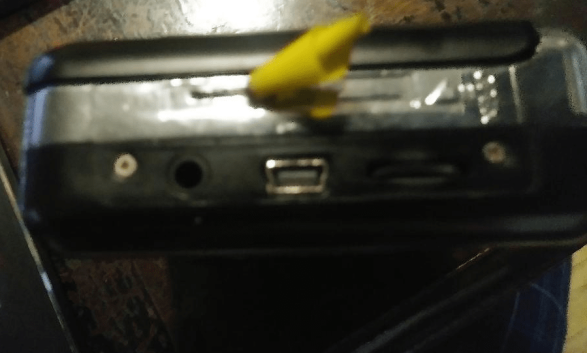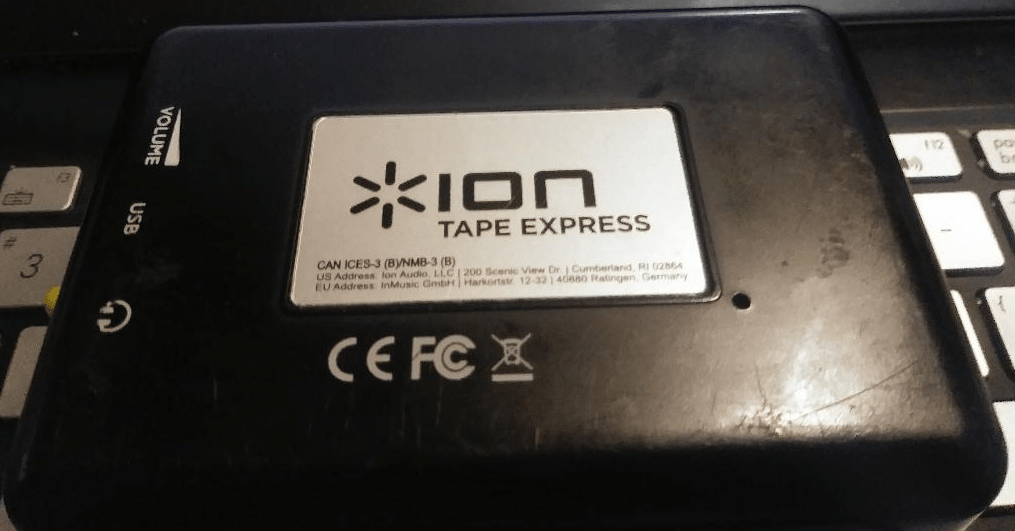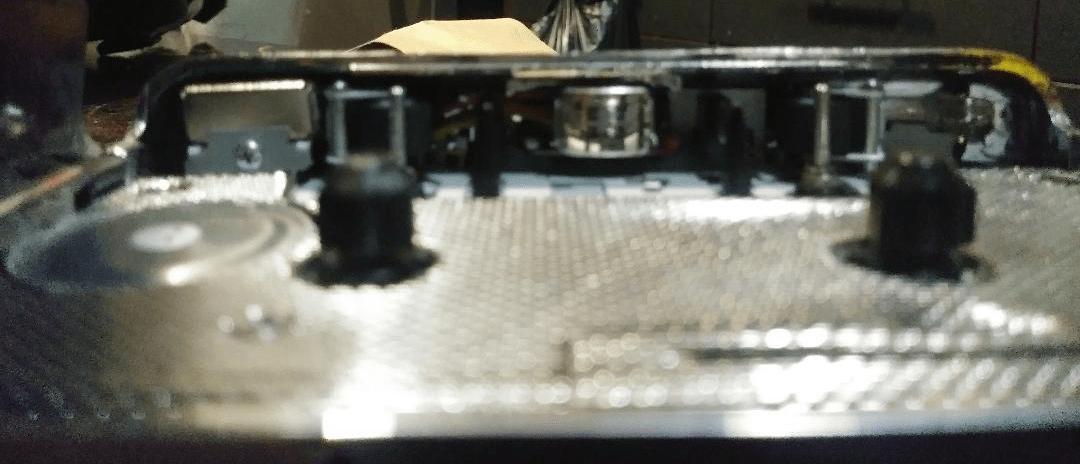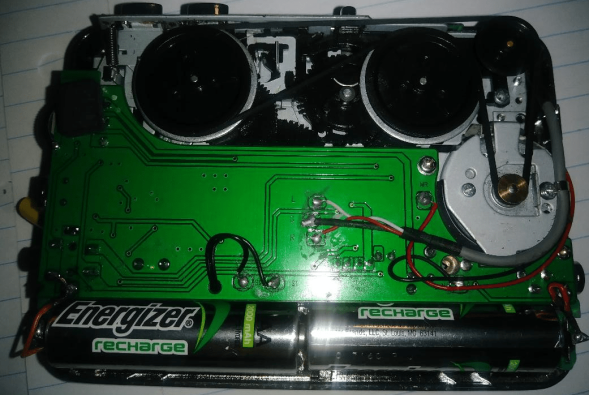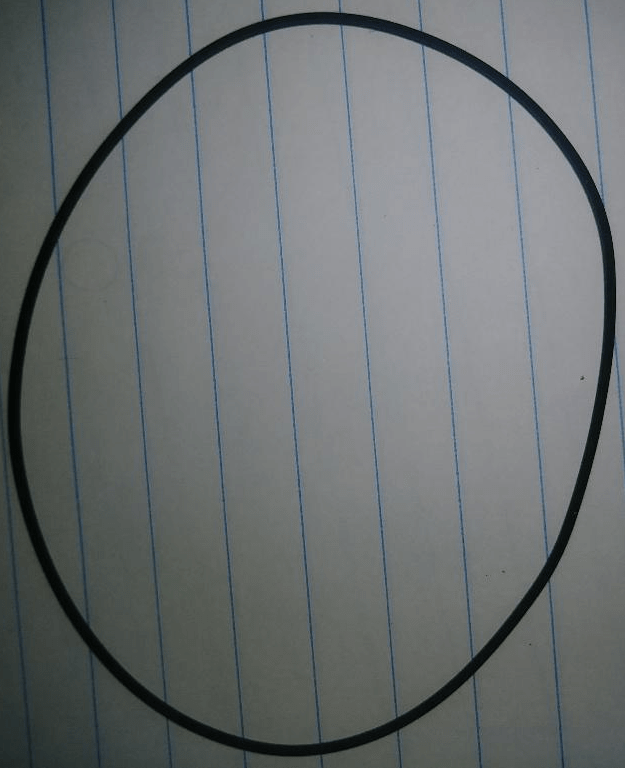This assignment requires us to write a technical description of an object through visual images and instructions. As we study the engineering and scientific fields, this type of technical communication throughout our academic and professional careers. Describe in detail the object’s appearance, how it works and explain it in such a way that it can be interpreted by an audience who may lack the sufficient knowledge of the object in question. Talk about the object’s history and how it has been a service to society and what effect it has on us today. What makes this object so special, and persuasively using logic and fact convince your audience why this is true.
Technical Description of Portable Stereo Cassette Player
Parts and components of a standard issue Walkman and It’s development over the past 40 years.
Luis Cortazar
City College of New York (CUNY)
Writing for Engineers – Prof. Clark
Table of Contents
-
Introduction Page: 3
-
Ion Tape Express, Walkman model (exterior components) page 3
-
External components (images 1 and 2) Page 3
-
External components cont. (images 1 and 2) Page 4
-
External components cont. (images 3 and 4) Page 4
-
Ion Tape Express, Walkman model (interior components) Page 5
-
Front internal components (images 5 and 6) Page 5
-
Back internal components (images 7 and 8) Page 6
-
Analog to Digital Conversion: Page 6
-
Proper maintenance: Page 7
-
Conclusion: Page 7
-
Citations Page 8

